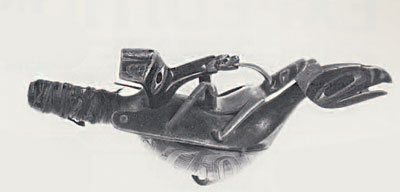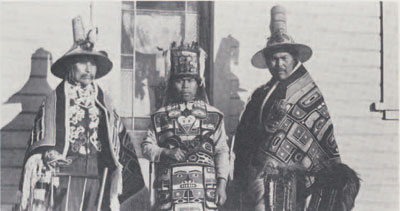
Museum Object Number: NA9466
For many people, a museum is a place where interesting “things” can be accumulatcd. displayed, and stored. In the case of The University. Museum, the range of items collected and cared for is particularly diverse. As a museum of archaeology and anthropology, it contains weaving tools from pre-Columbian Peru, bricks and drainpipes made by the ancient Sumerians. wooden drums from central Africa. and images of Buddha made in 20th century Japan. As this list implies, the artifacts are of interest for many reasons. A few are great works of art, assuming importance because of their aesthetic qualities. All are of value as tangible records of human history and achievement: they help to document the development of technology, of social and economic systems, and of belief systems. The full significance of each object can be understood, however, only if it has a context. This context is provided by anthropological and archaeological research that relates an artifact’s manufacture, use, and meaning to the society that produced it.
In the case of ethnographic materials, such records are in the form of interviews, diaries and notes of observers, historical documents, drawings, photographs, and videotapes. When the ethnographic record is relatively complete, the cultural context of artifacts may be obvious. For example, the ethnographic sources for the objects in the Museum’s newest exhibition, “Raven’s Journey,” are unusually rich. Within the exhibit, these artifacts from Alaska can be looked at in two different ways: as superb pieces of craftsmanship they van he appreciated in themselves; through photographs and labels, they can be understood as pieces of equipment being used by the Indians and Eskimos who created them.

In each of the articles in this and the next issue of Expedition, the author describes an artifact (or group of related artifacts) from the Museum’s collections, traces its history, mid discusses its role in the society that created it. They. serve to remind us that a museum consists not only of inanimate objects and the building that houses them, but also of the scholars who bring the artifacts and their documentation together to interpret them. thereby making them meaningful to you, the visitor.
Robert H. Dyson, Jr.
